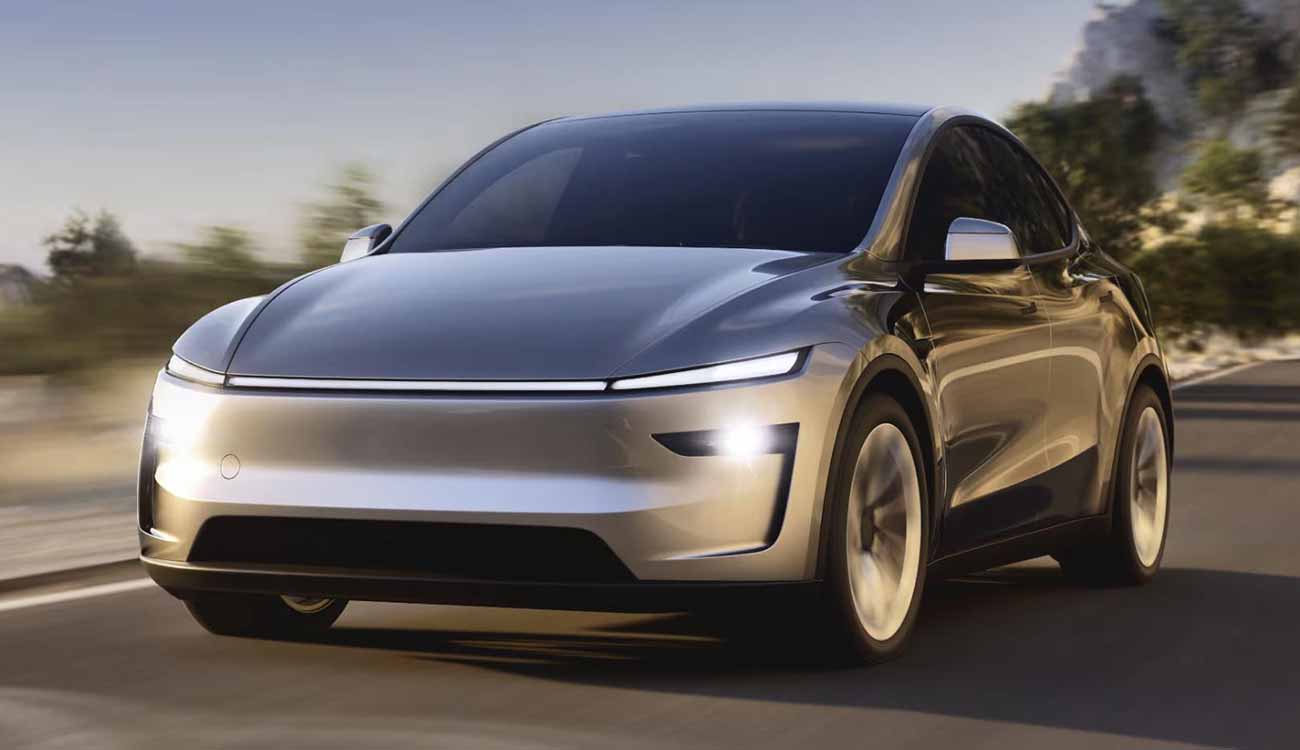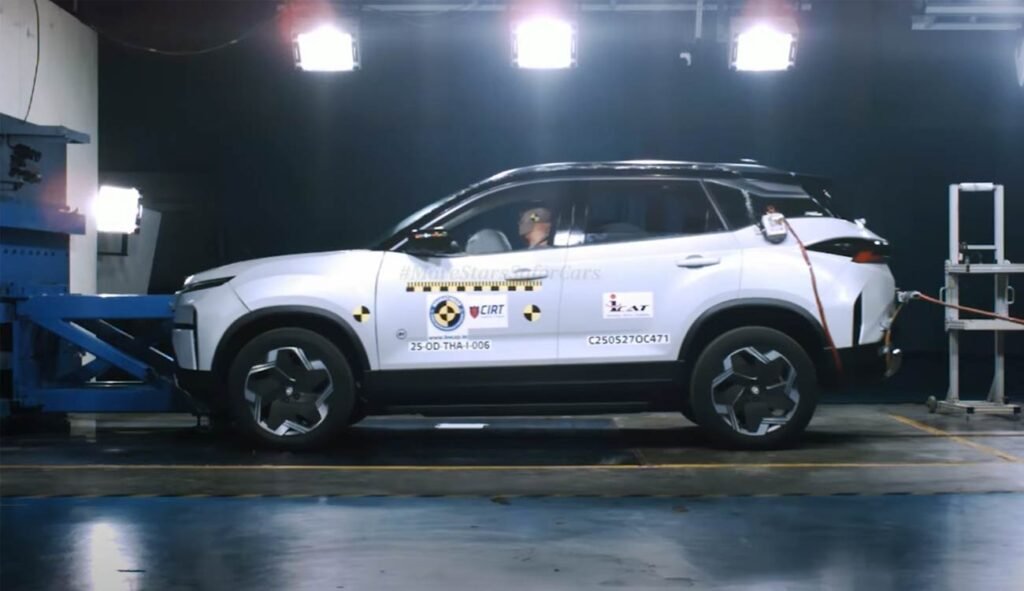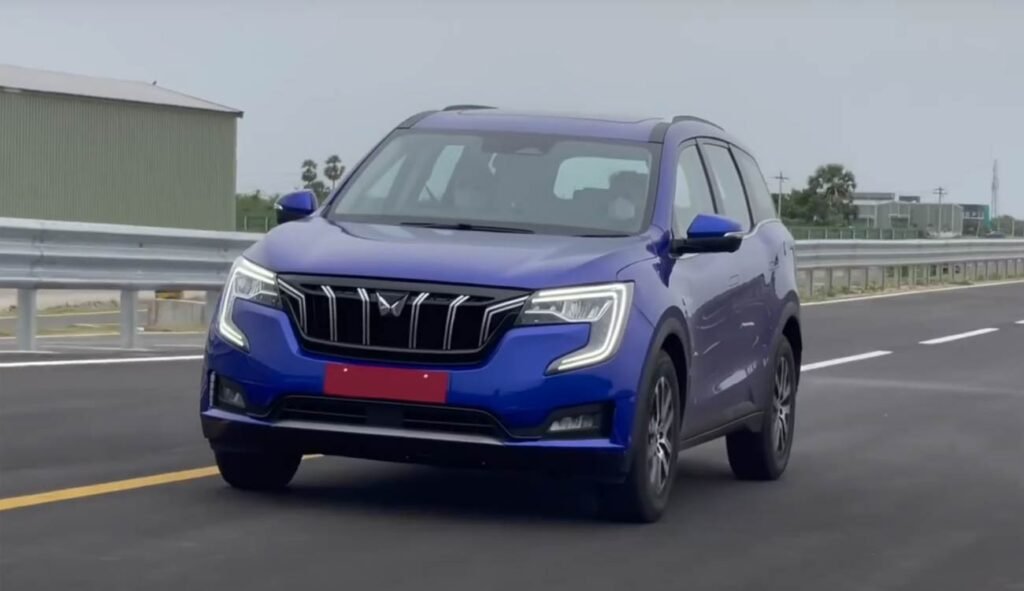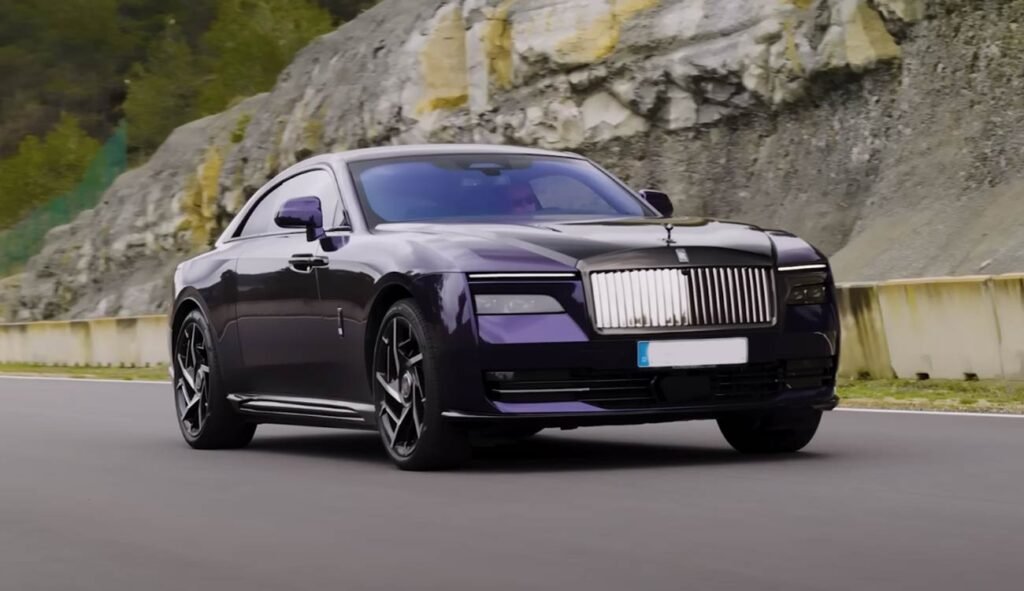Tesla is preparing to shake things up in the electric vehicle (EV) market once again. With challenges like declining demand, the upcoming end of federal tax credits, and increasing competition, the company is about to launch a more affordable version of its top-selling Model Y. This move is intended to attract more buyers while addressing revenue concerns. Here’s everything you need to know about the upcoming budget-friendly Model Y, why it’s significant, and what lies ahead for Tesla.
Tesla’s Plan for an Affordable Model Y
Tesla’s Model Y SUV has been the company’s biggest success story, accounting for approximately two-thirds of its global deliveries. Now, Tesla plans to make the Model Y accessible to even more buyers by introducing a low-cost variant. Production is expected to start around August or September, but what can customers expect from this new edition of the Model Y?
Possible Features of the Cheaper Model Y
While Tesla hasn’t revealed specific details yet, the goal of reducing costs suggests some scale-backs in features and configurations. Likely changes include:
- Lower Range Battery: A lower capacity battery to reduce production costs, which might lead to a shorter driving range.
- Simplified Features: The base model could forgo premium options like active noise cancellation or a rear 8-inch touchscreen.
- Focus on Affordability: Pricing is expected to target the $30,000 range, significantly lower than the current starting price of $37,490 (before credit incentives).
This budget-friendly Model Y is particularly relevant with federal tax credits ending in September 2025, which will sharply increase EV costs for U.S. buyers. The affordable Model Y could help ease the transition and keep Tesla competitive as incentives phase out.
Challenges Ahead for Tesla
The new Model Y aims to address ongoing challenges Tesla is facing across various fronts:
1. Declining Sales
Tesla recently reported its second consecutive quarter of declining sales. The company’s Q2 2025 earnings showed a 16% drop to $1.17 billion, driven by a 13% decrease in unit sales. Higher operating costs and reduced earnings per vehicle have added pressure on profitability.
2. Shrinking Revenue from Regulatory Credits
Tesla has traditionally earned substantial profits from selling regulatory credits (also known as carbon or zero-emission vehicle credits). These credits are purchased by traditional automakers to comply with strict emission standards. However, with the introduction of the One Big Beautiful Bill Act (OBBBA), legacy automakers in the U.S. no longer face fines for failing to meet CAFE standards. This change has significantly reduced demand for Tesla’s credits, dropping revenue from this source by 51% in Q2 2025 compared to the same period last year.
The impact has been steep, with Tesla losing $441 million in regulatory credit revenue year-over-year, of which $154 million was lost in just the last quarter.
Musk’s Vision for Future Growth
While these challenges are causing turbulence, Elon Musk remains optimistic. Despite a temporary 7% dip in Tesla’s stock following Q2 earnings announcements, Musk sees these as short-term hurdles, not long-term problems.
New Revenue Streams on the Horizon
Musk highlighted exciting projects poised to drive growth and innovation:
- Self-Driving Technology and Robotaxis: Tesla’s autonomous driving tech is being tested in Texas for use in a potential robotaxi service. The tech will also feature in new products like the futuristic Cybercab.
- Advanced Humanoid Robots: Tesla is working on humanoid robots equipped to handle labor-intensive tasks, which Musk believes could become a massive source of income for the company.
Although Tesla expects to face a few rough quarters, Musk anticipates that these initiatives will pave the way for recovery and growth by late 2025 or early 2026.
Why Tesla’s Affordable Model Y Matters
The introduction of a more affordable Model Y isn’t just about weathering current challenges; it’s also a strategic move to align with the evolving EV market:
- Market Accessibility: A Model Y priced around $30,000 opens doors to a larger audience, especially middle-class buyers eager to switch to EVs.
- Competitive Edge: With rivals like Rivian and legacy automakers ramping up their EV portfolios, the lower-priced Model Y helps Tesla stay ahead in the competitive landscape.
- Long-Term Sales Boost: By offering an attractive price, Tesla positions itself to mitigate the impact of federal tax credit phase-outs.
What’s Next for Tesla?
Tesla’s strategy with the affordable Model Y could prove to be a gamechanger in its quest to maintain leadership in the EV space. While short-term challenges like regulatory credit loss and shrinking sales present hurdles, new revenue streams and innovative projects hint at a bright future.
The excitement doesn’t stop at affordability. Groundbreaking innovations in Tesla’s pipeline, like self-driving cars and humanoid robots, suggest that the company is far from hitting a ceiling. If Tesla can weather the current challenges, its plans for diversification may secure its reputation as a pioneer in both the EV sector and other technologies.
Key Takeaway: Tesla’s affordable Model Y may be the company’s answer to ongoing challenges, and it also offers a significant opportunity for buyers interested in EVs. With lower prices but stellar performance, it could be the vehicle that drives the brand into a new era of growth.








